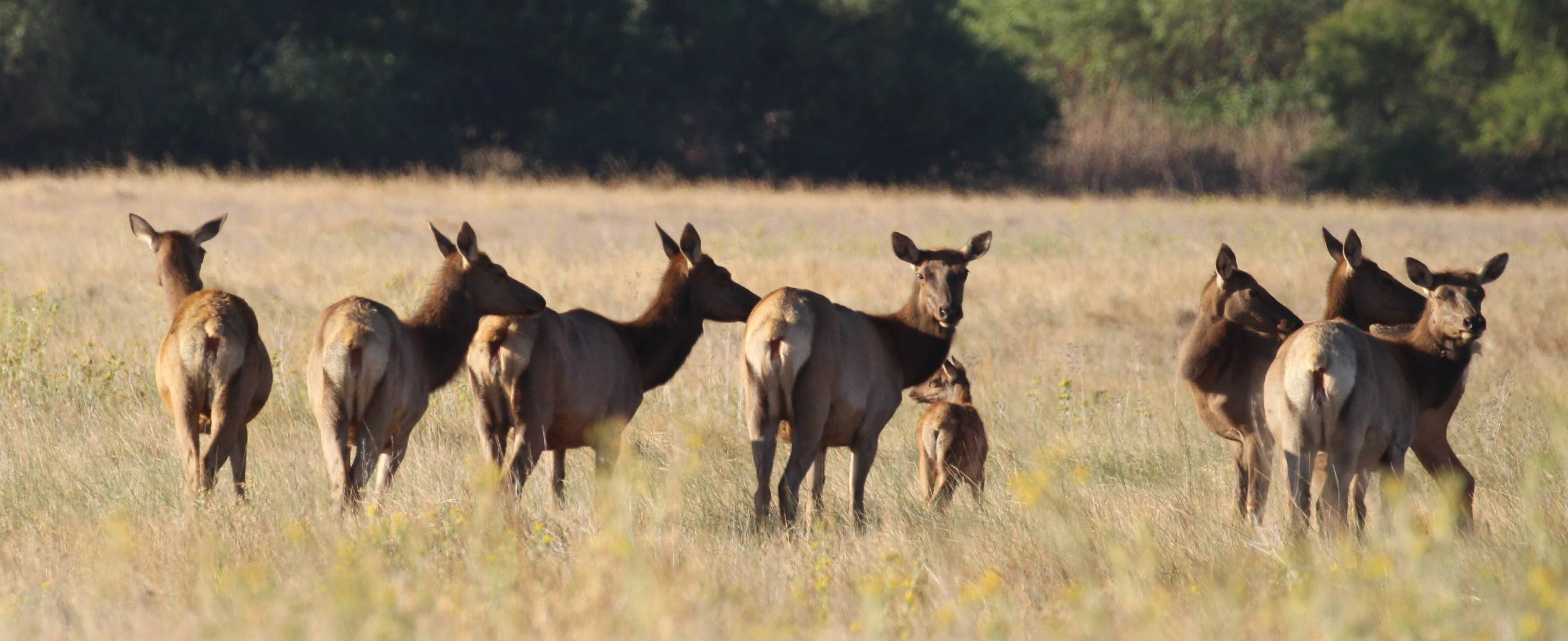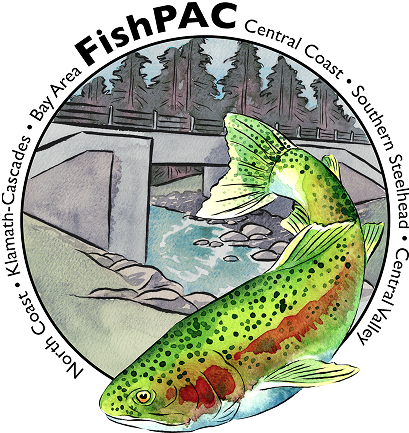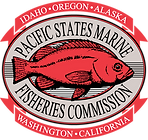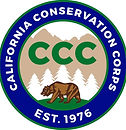
This site is used for information sharing purposes only. Caltrans is in the planning stages and will be working with partners to launch WildPAC as support and resources are available.
Welcome to WildPAC
The purpose of WildPAC is to collaboratively share science and data to identify and prioritize wildlife barrier remediation on the California State Highway System.
Story map
Use the map below to review locations.
Purpose of WildPAC
The Wildlife Passage Advisory Committee (WildPAC) is a collaborative partnership that will be formed to aid in sharing science and data to identify and prioritize wildlife barrier remediation on the California State Highway System (SHS). Streets and Highways Code (SHC), Chapter 1, Article 3.8, Section 158, Barriers to Wildlife Movement, requires partnerships with the California Department of Fish and Wildlife and other state, federal, and local partners, to identify, prioritize, and remediate SHS barriers. This partnership will help to protect, conserve, and recover the state’s unique wildlife, landscapes, and natural resources.
California has more than 180 threatened and endangered (T&E) wildlife species, ranking second only to Hawaii, and surpassing other states by a significant margin. Barriers to movement fragment habitats and hinder the recovery of T&E species listed under the California Endangered Species Act (CESA) and the Federal Endangered Species Act (FESA). Caltrans has a significant role in the recovery of T&E species in California, by connecting habitats that have been bisected by the SHS.
When the SHS was constructed, higher topographies such as mountains were leveled by through-cuts, and excess fill material was deposited in lower topographies. Undersized culverts or bridges were built within those impacted areas, resulting in many partial or total barriers that block movement to high quality habitats. Barriers to fish and wildlife exist at blocked natural landscape features, such as waterways, mountain draws, crests, and migration flats. California’s native fish and wildlife species rely on access to these habitats to meet one or more of their life history needs.
As projects are implemented to replace aging culverts and bridges, innovative infrastructure solutions can improve connectivity, increasing permeability will aid in improving the resilience of terrestrial and aquatic species to drought, wildfire, and other climate change stressors, and further reduce the likelihood of animal/vehicle collisions.
Photo Gallery

Fish Passage Advisory Committee
Learn about fish passage efforts by visiting the FishPAC website.













































